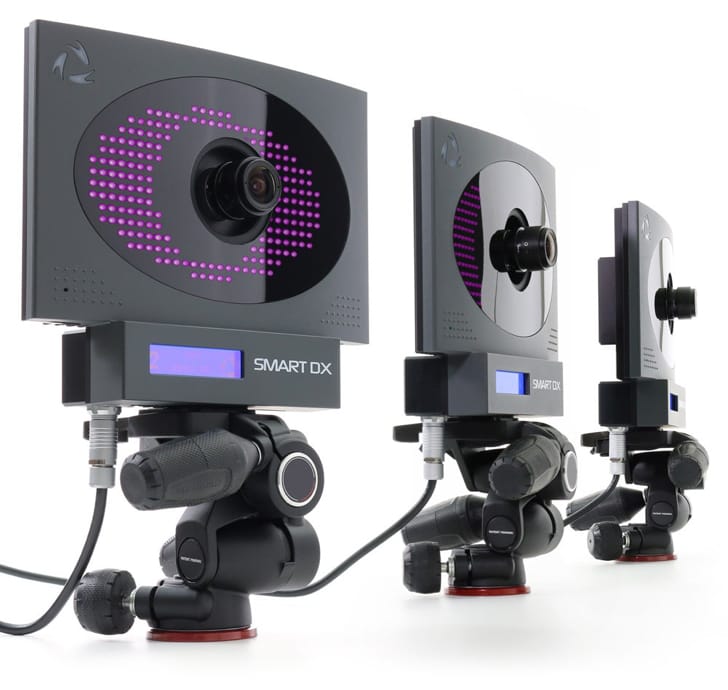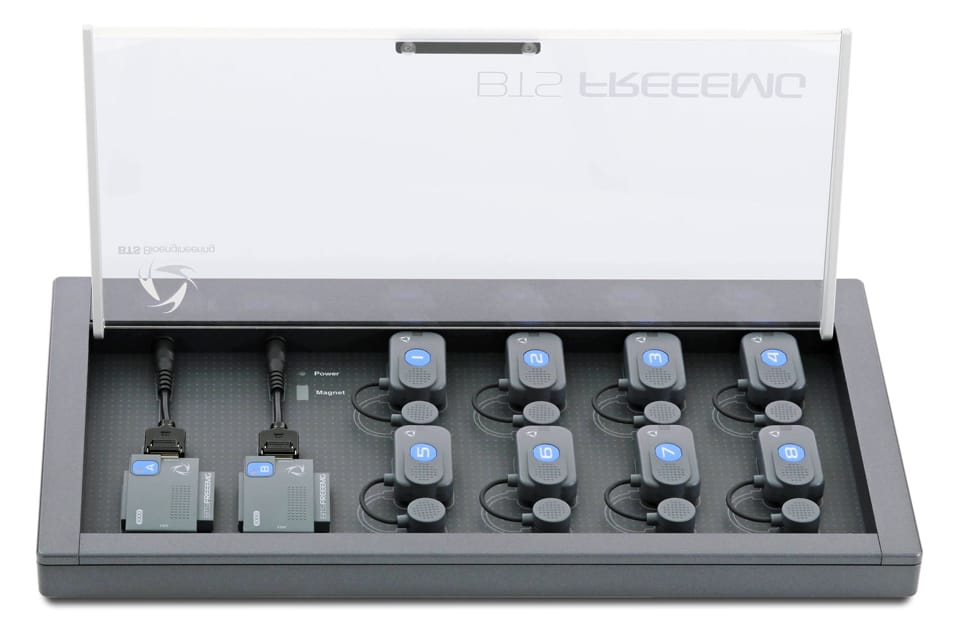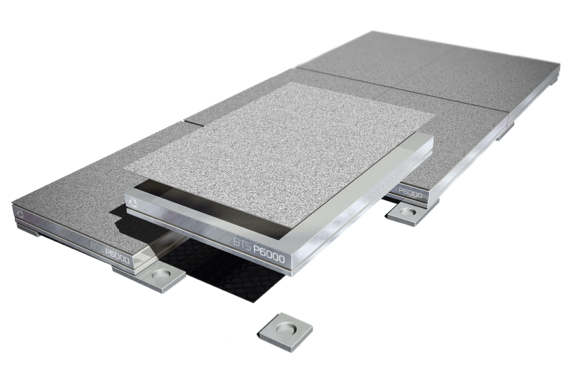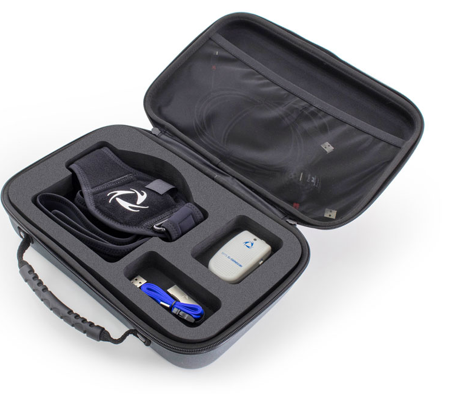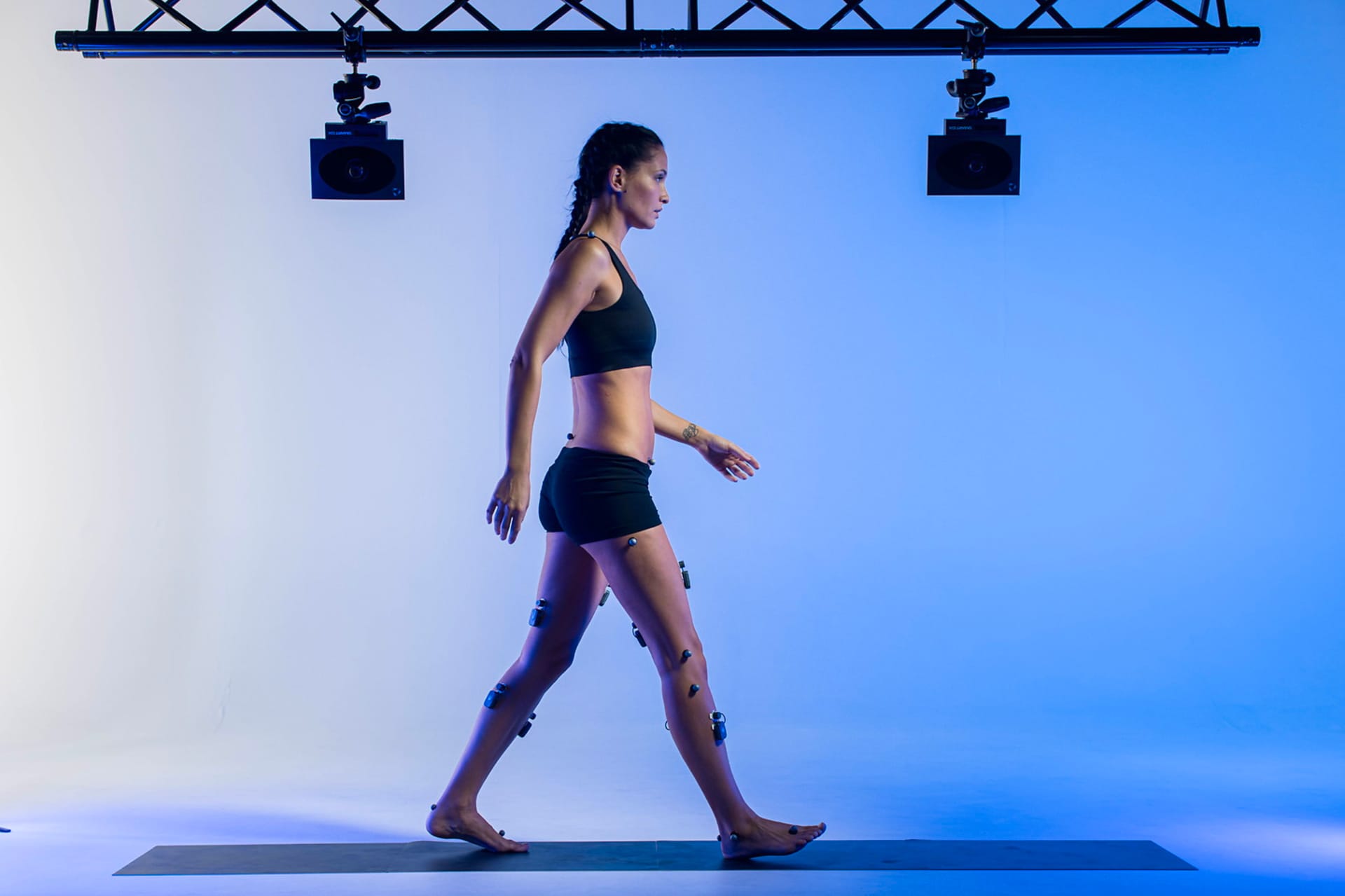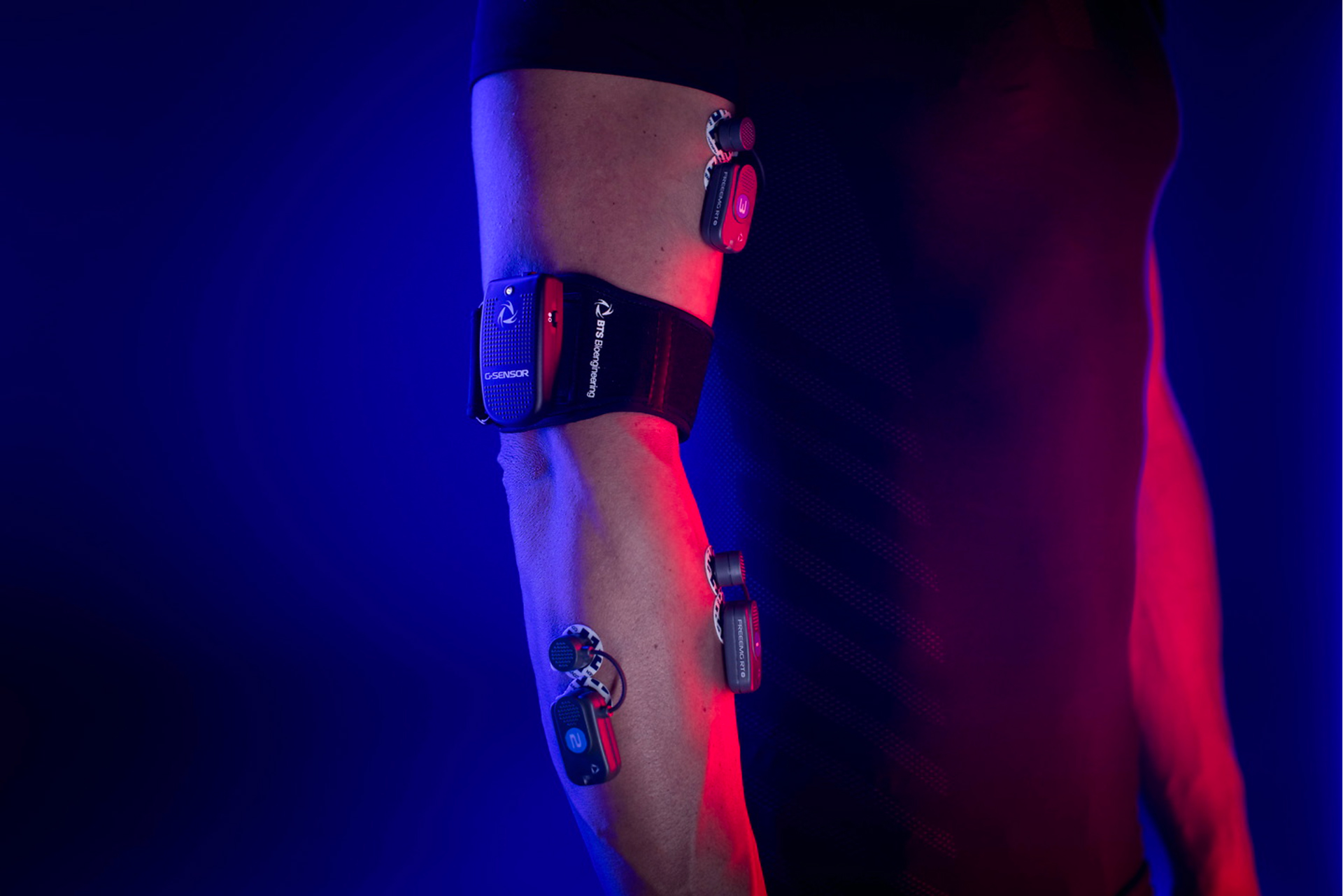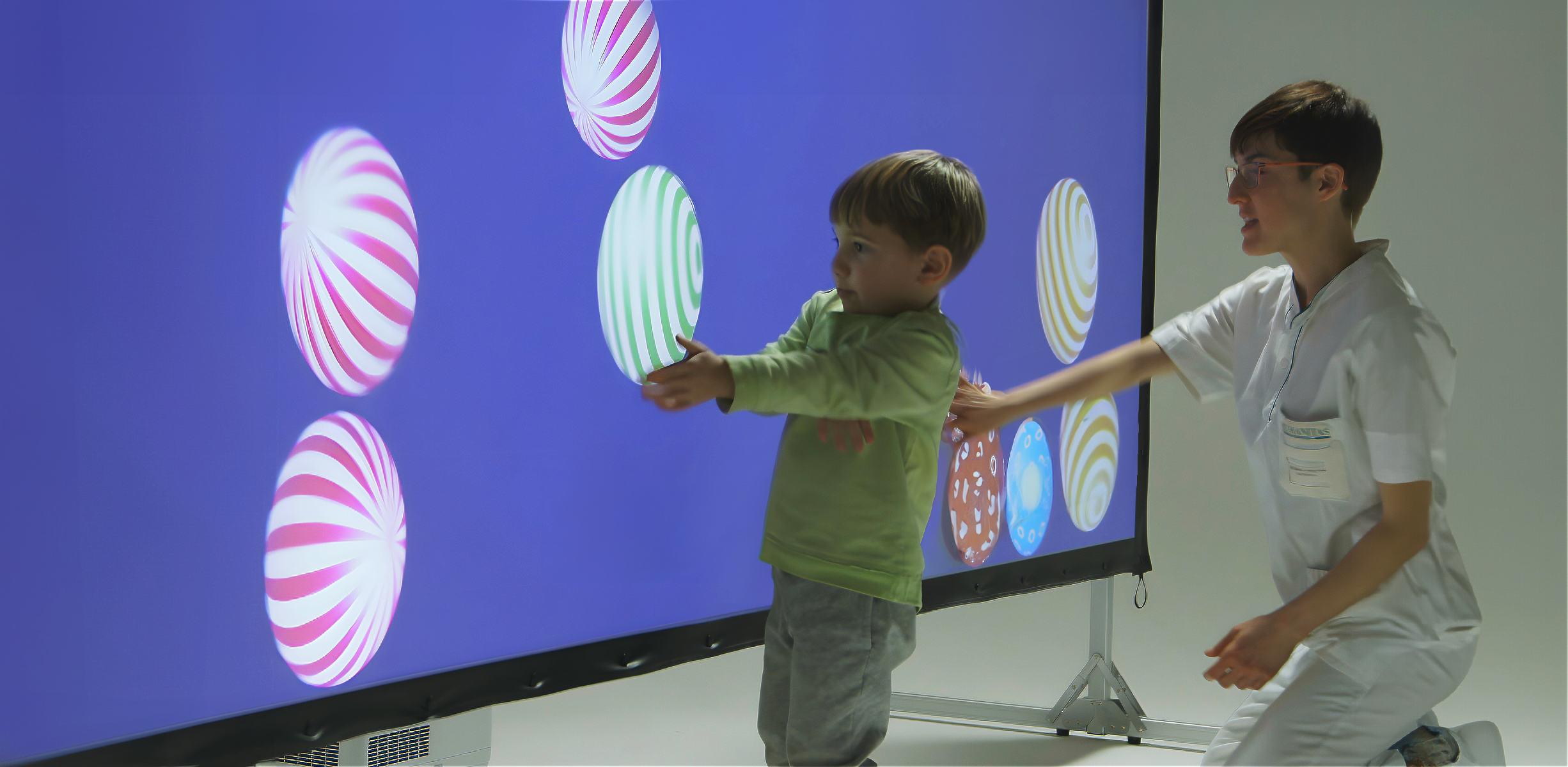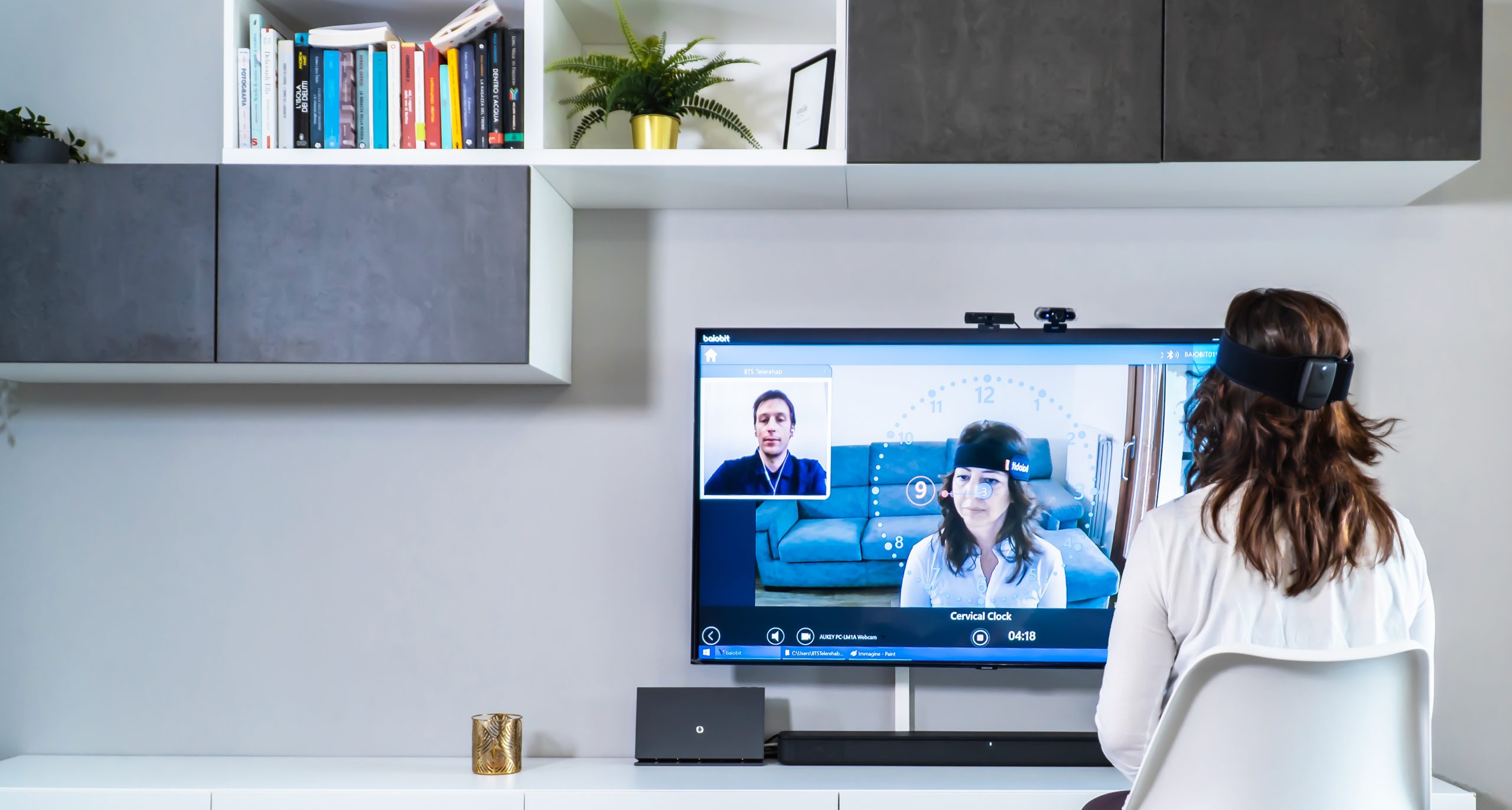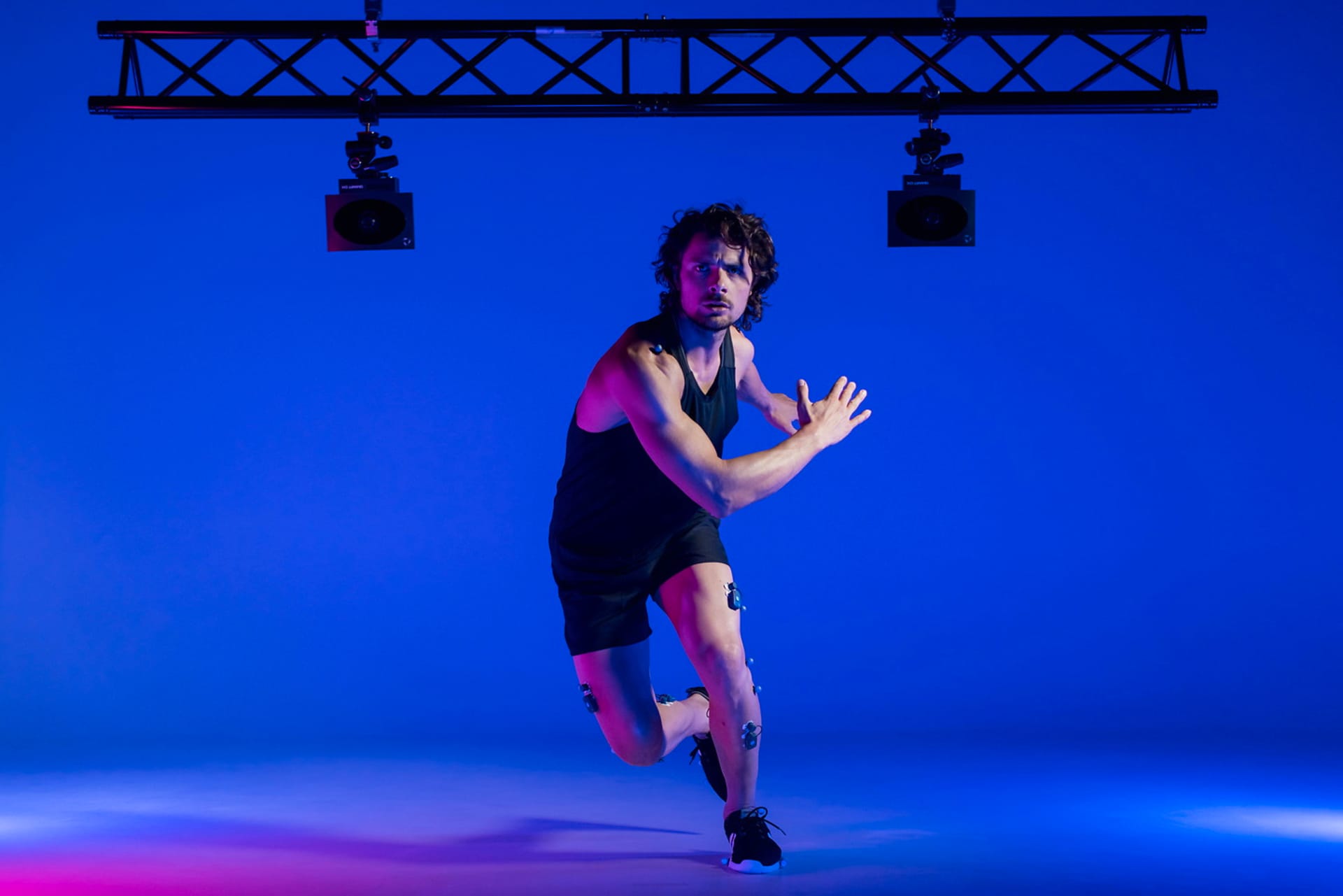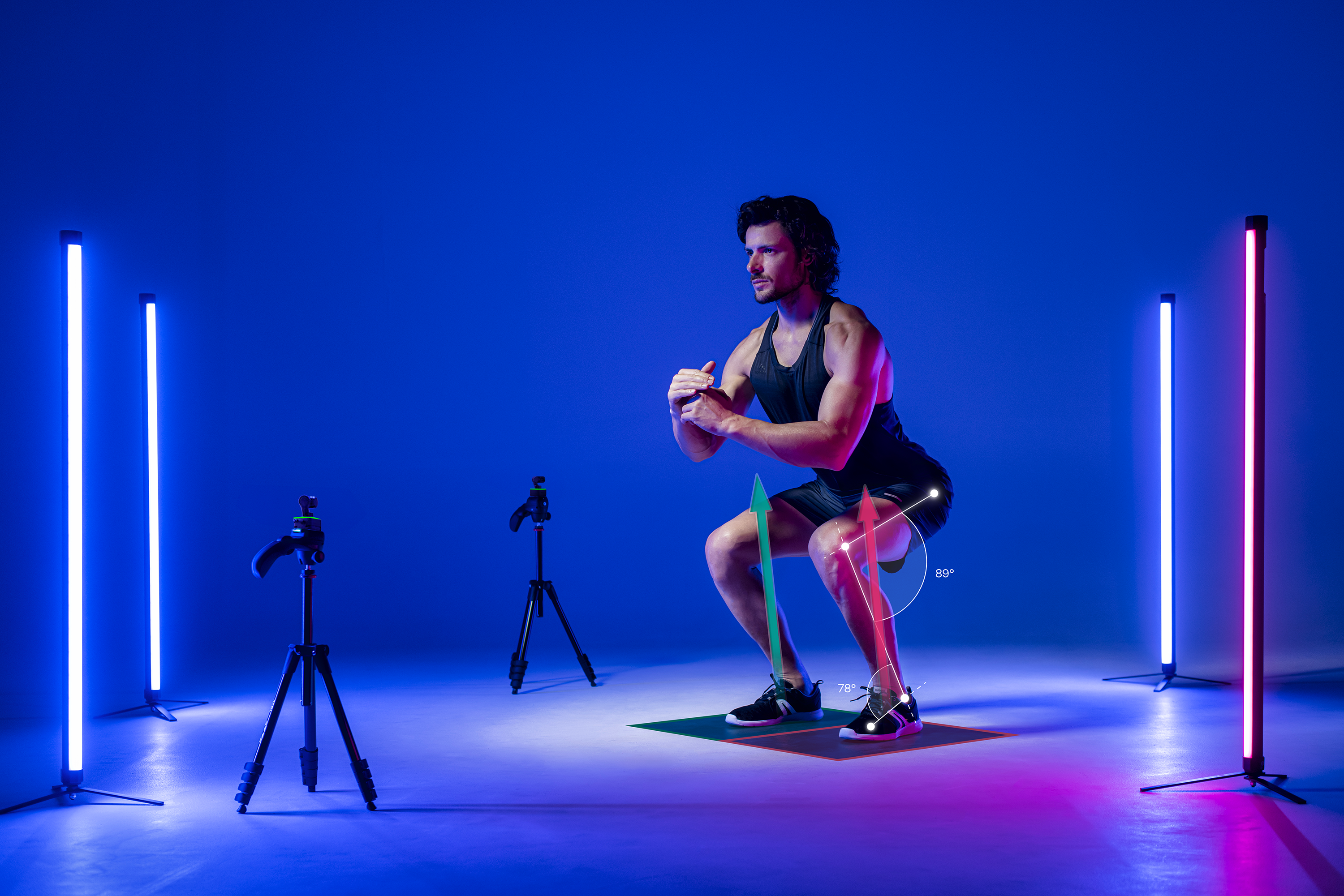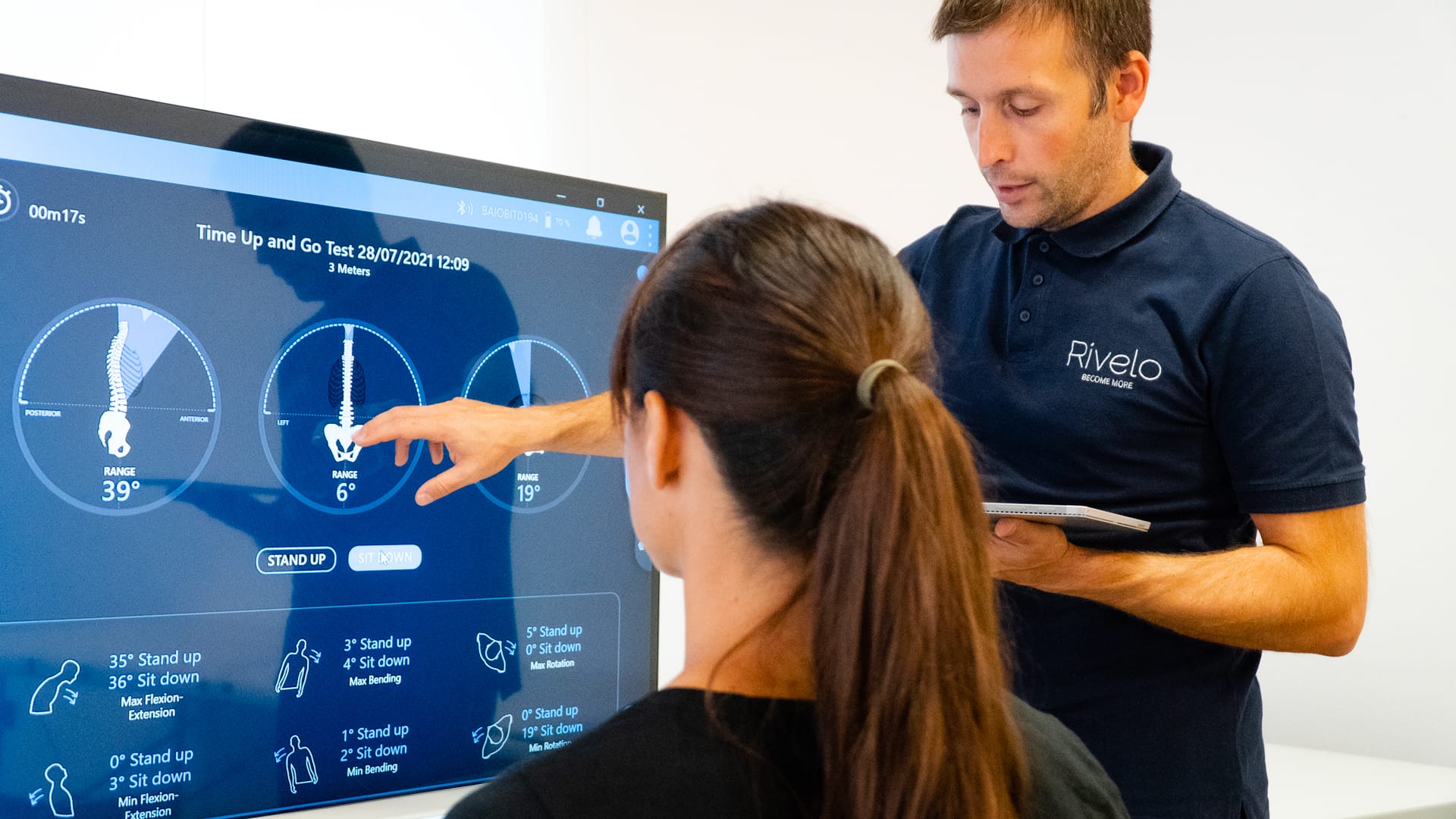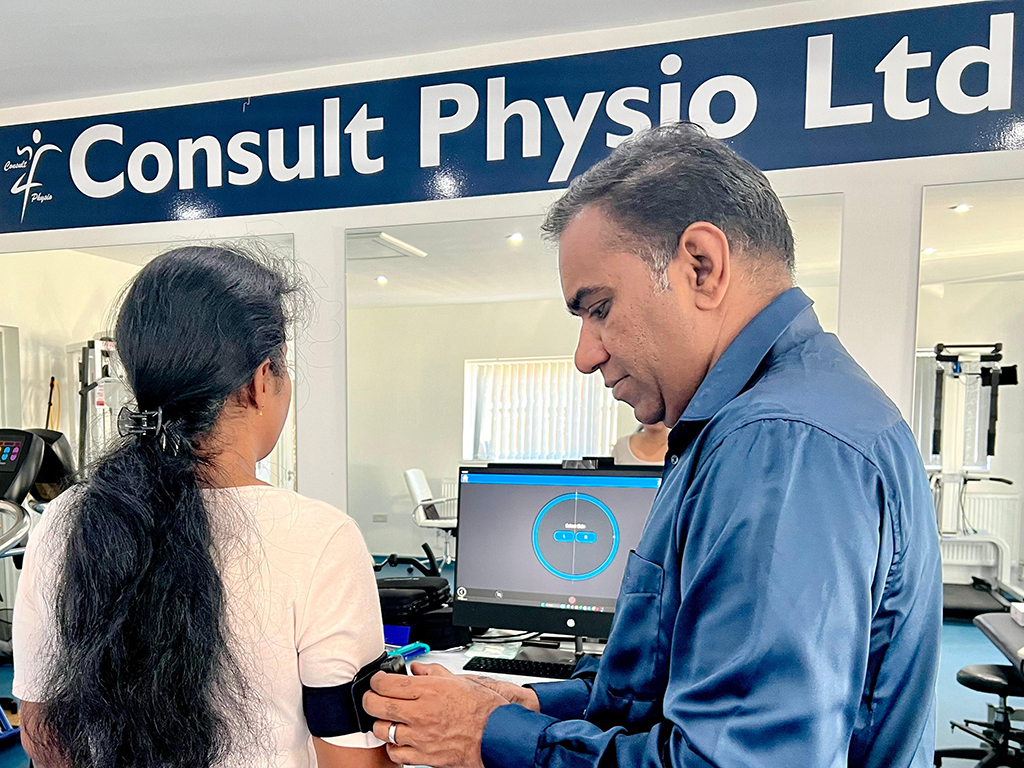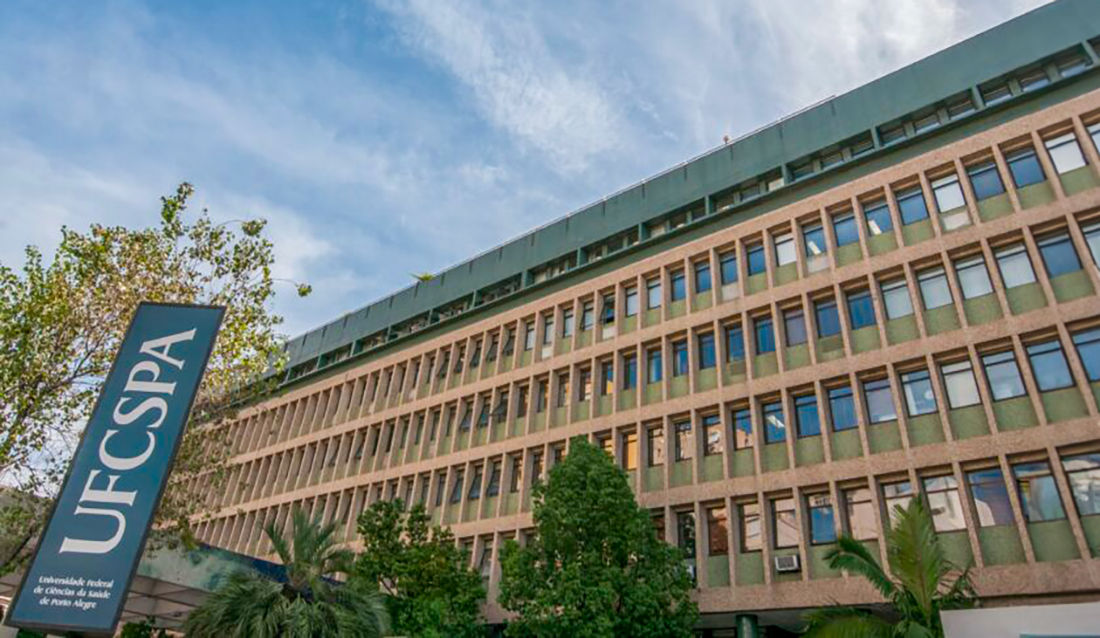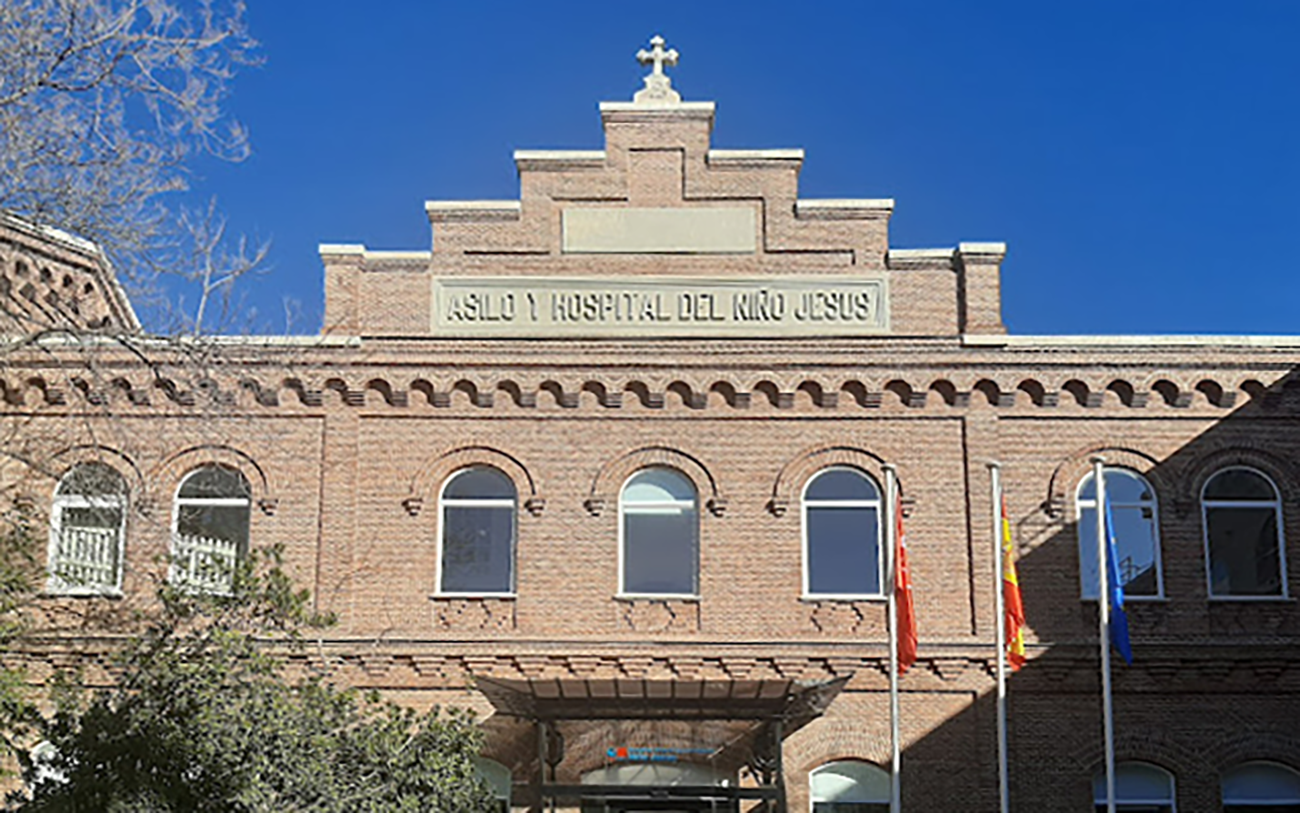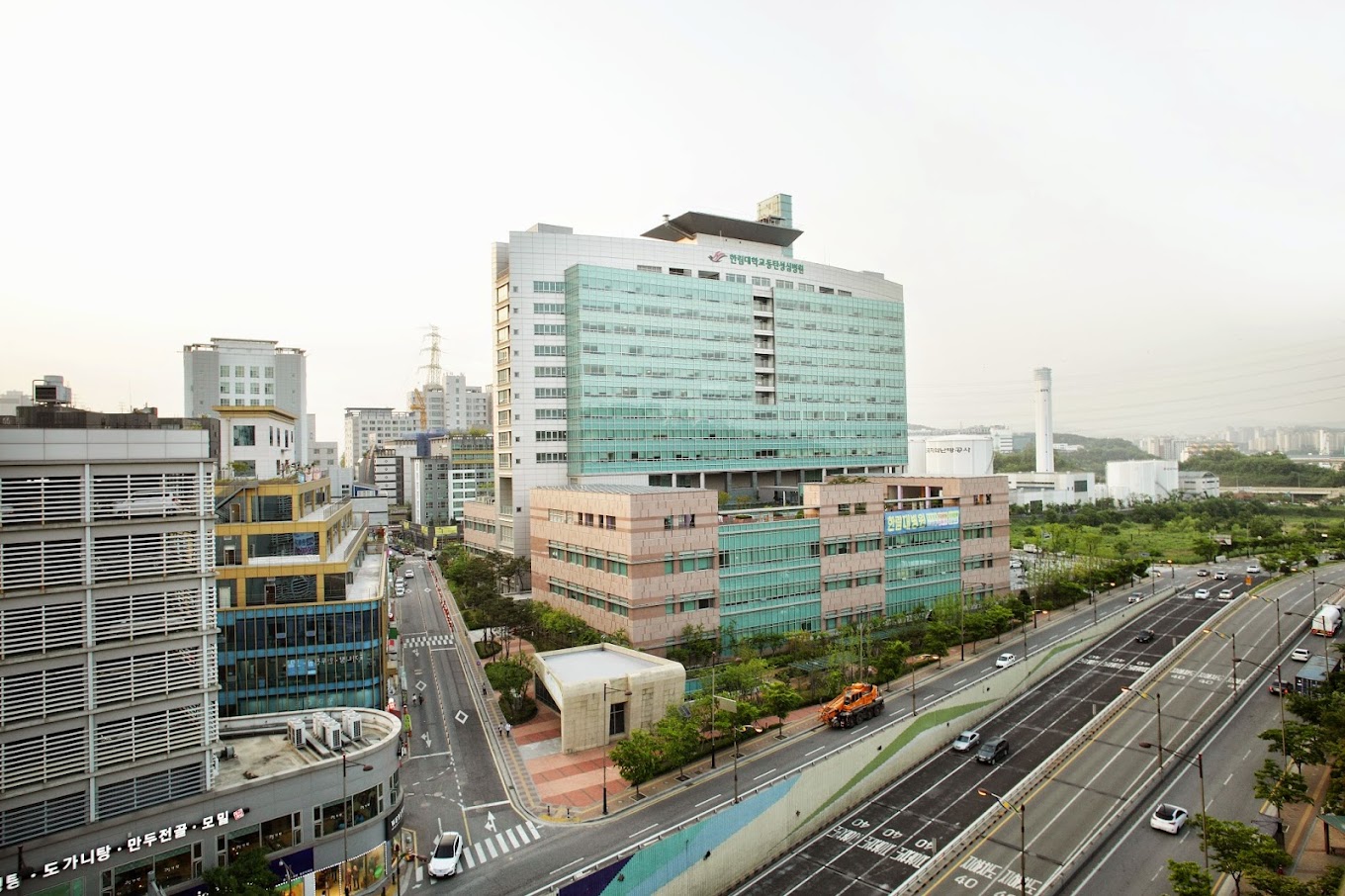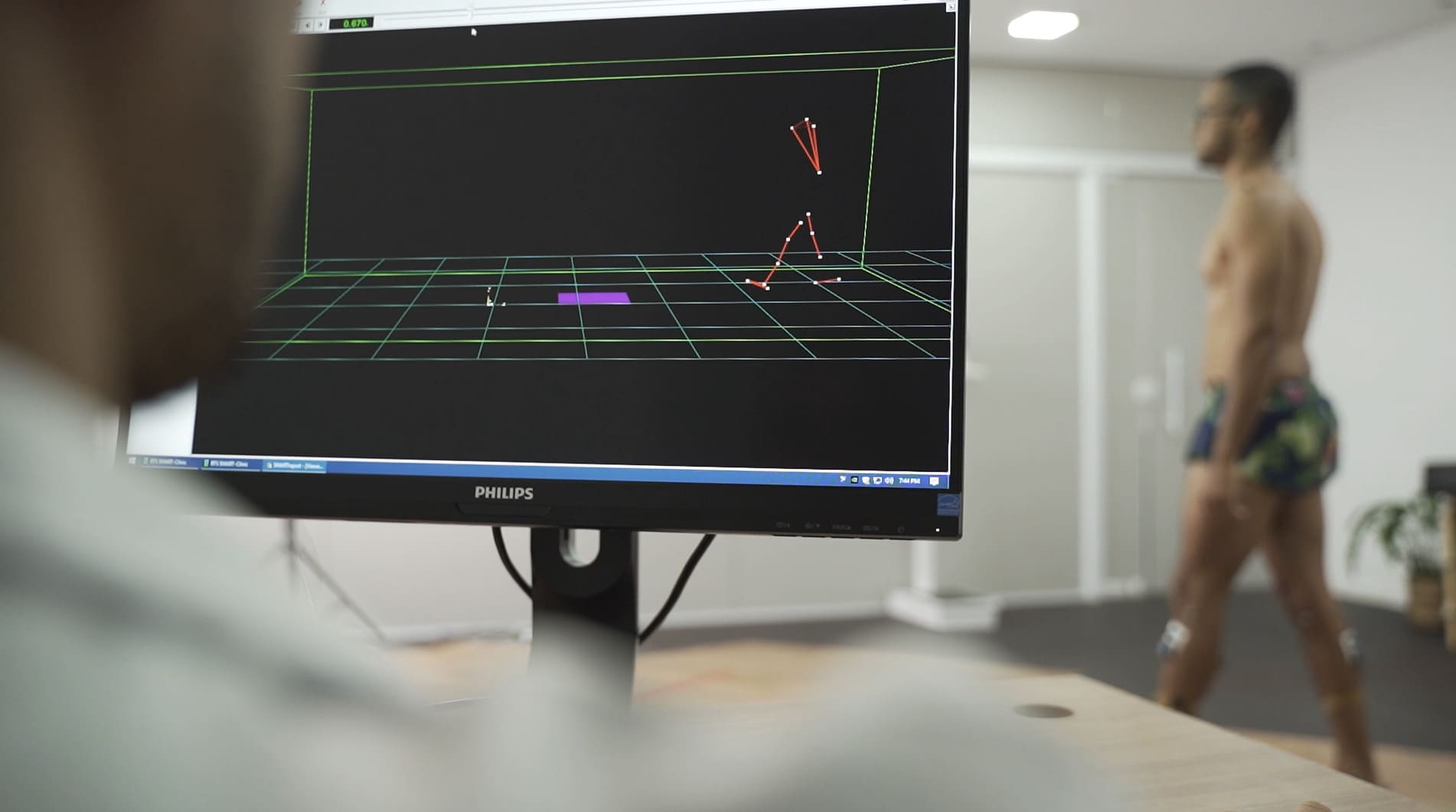The Movement Analysis Laboratory at Virgen del Rocío University Hospital
Precision Diagnosis with BTS Technology
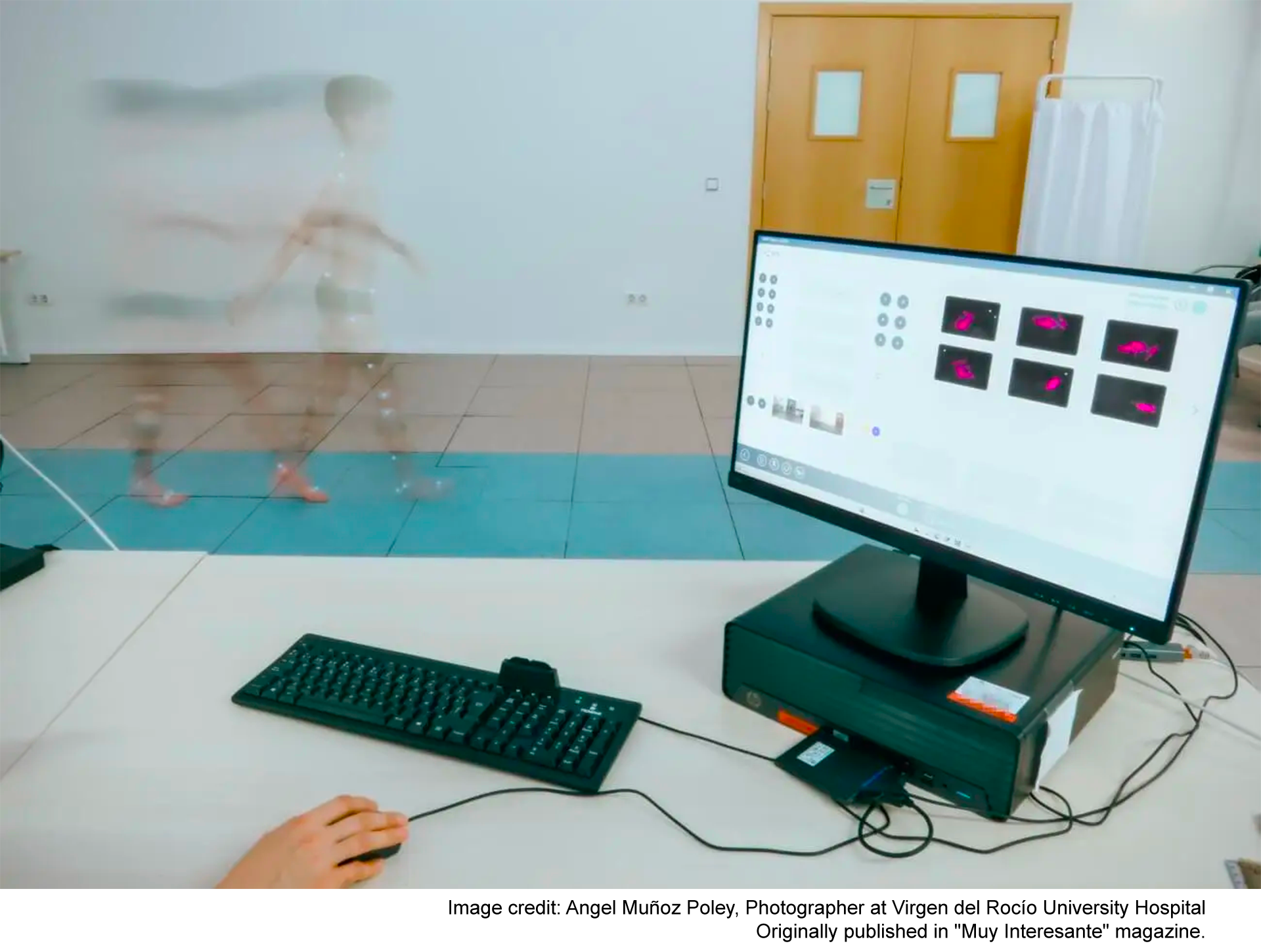
Founded in 1955, it is one of the largest and most important healthcare facilities in Spain and the largest in the Andalusian Public Health System.
It serves as a national reference center for numerous pathologies and is affiliated with the University of Seville. The hospital serves a wide population of approximately 800,000 people and employs around 8,000 professionals.
Within such a vast and specialized hospital, our Rehabilitation Service covers a reference area of about 500,000 people, addressing a wide variety of pathological conditions.
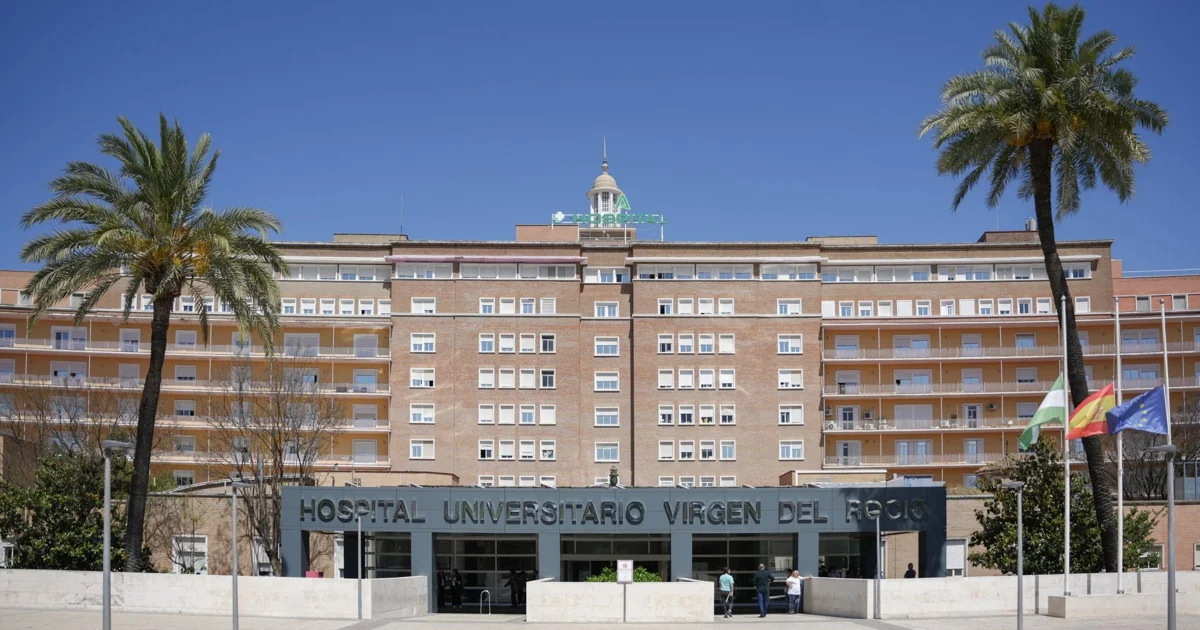
We focus on neurological rehabilitation for patients with acquired brain injuries, spinal cord injuries (where we are a reference center), stroke, Multiple Sclerosis, Parkinson’s Disease and movement disorders, and Amyotrophic Lateral Sclerosis.
Pediatric rehabilitation is another crucial area, where we treat children from 0 to 18 years old with conditions such as cerebral palsy, myelomeningocele, neuromuscular diseases, amputations, and complex orthopedic problems. Additionally, we manage musculoskeletal and orthopedic conditions, as well as cardiorespiratory diseases.
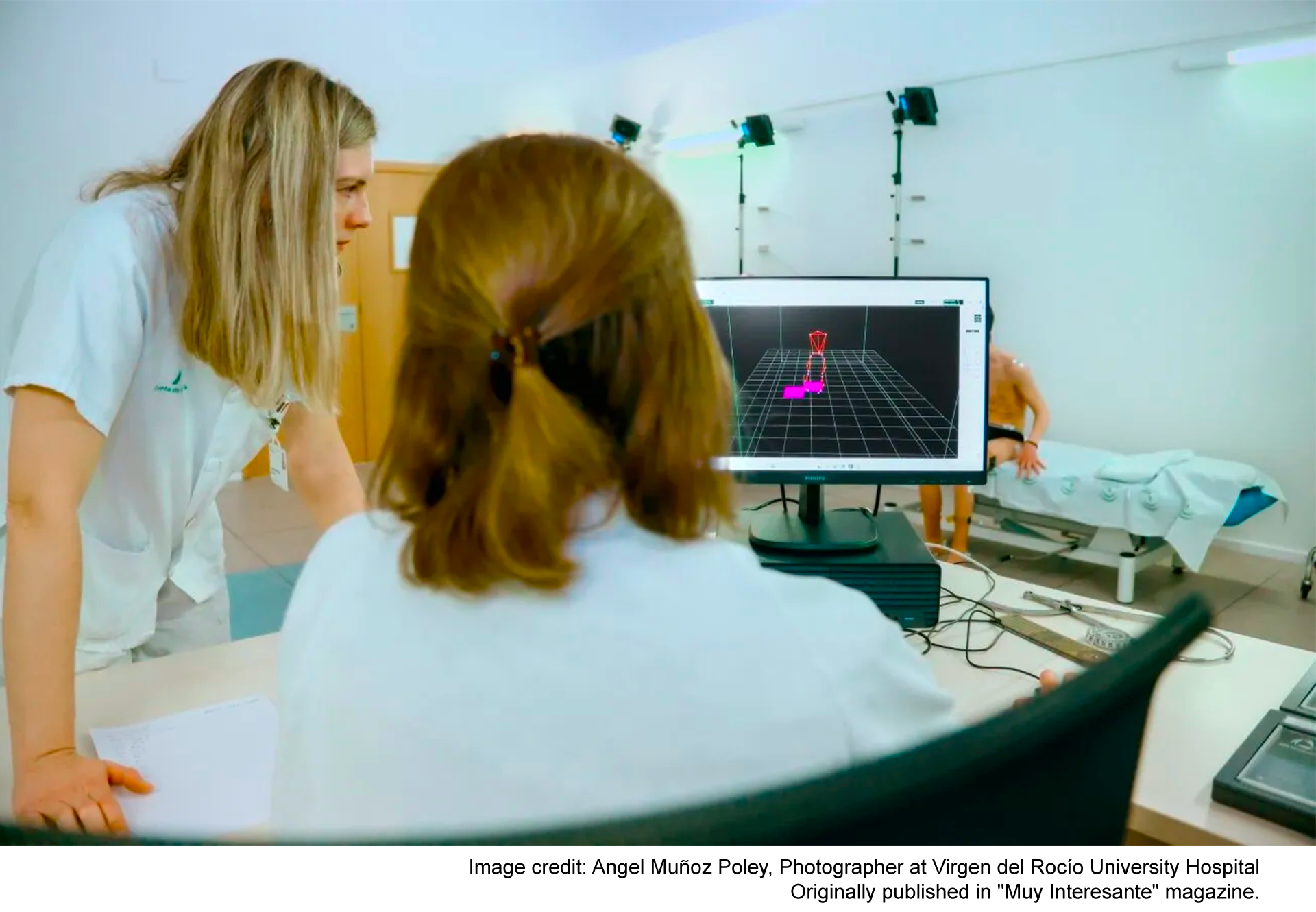
It is in this dynamic and complex clinical environment that, in 2012, we took a significant step to improve our diagnostic and therapeutic capabilities by inaugurating our Movement Analysis Laboratory.
This laboratory was the first in the Andalusian Public Health System and one of the few in Spain to evaluate both pediatric and adult patients. Our activity initially focused on gait analysis in children with neuro-orthopedic conditions, particularly those with cerebral palsy, where gait analysis is crucial for planning therapies such as botulinum toxin injections and multi-level surgery.
In adults, we concentrate on patients with acquired brain injuries (due to trauma, stroke, or other medical conditions) to support therapeutic decisions, and on patients with lower limb amputations. Gait analysis allows us to define and quantify existing disturbances and deformities, considering all joint, muscular, and kinetic parameters.
Recently, we underwent a technological upgrade to stay at the forefront of rapidly advancing technology, especially following the advent of artificial intelligence and sensor miniaturization.
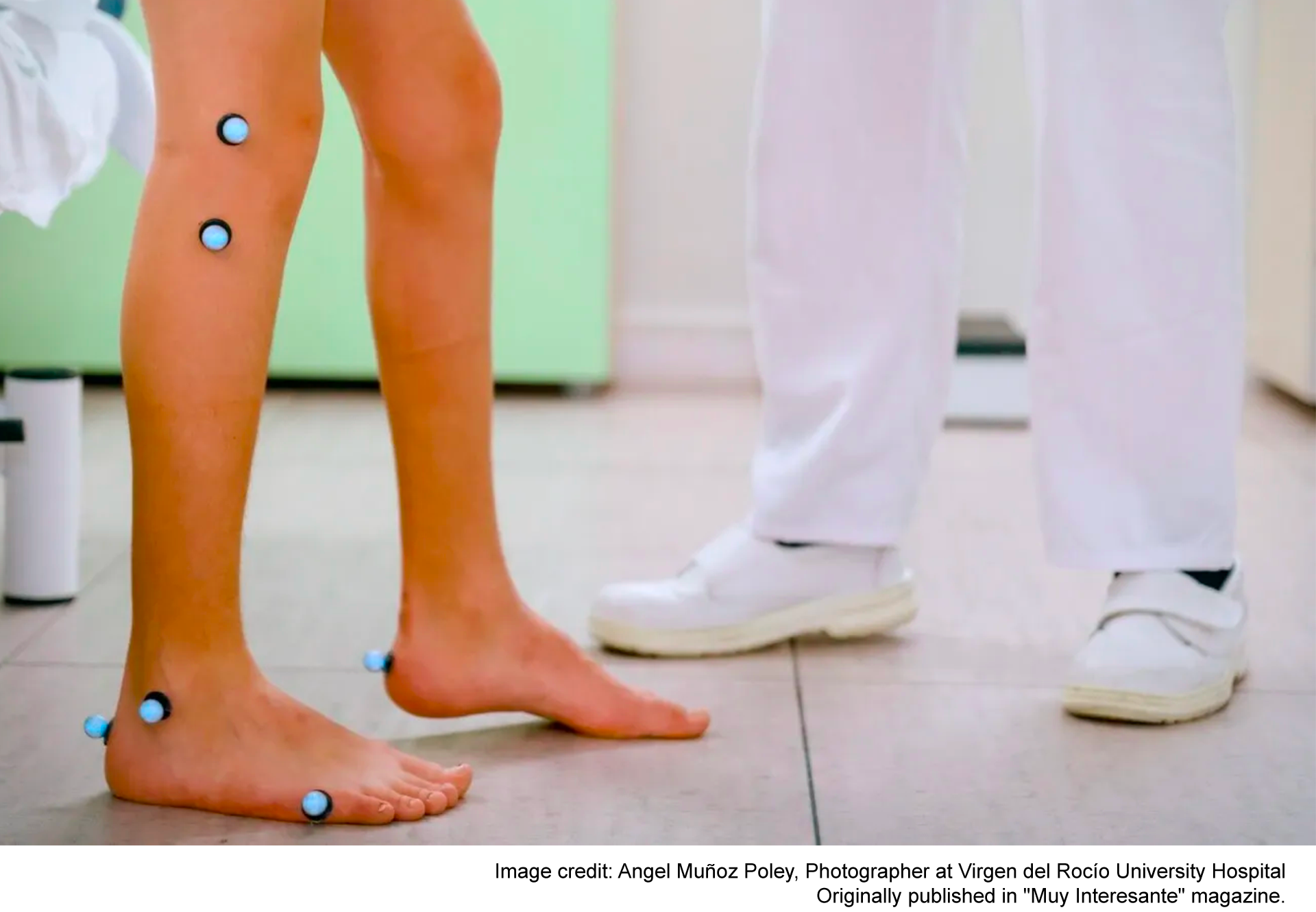
The adoption of a gait analysis laboratory based on the most advanced technology has revolutionized our clinical practice. For years, gait analysis relied on visual observation or video recordings—useful methods but limited in precision. Today, thanks to the combination of infrared cameras, wireless sensors, and force platforms, we can measure movement with millimeter accuracy, going beyond simple observation to capture biomechanics with unprecedented precision.
The benefits of this cutting-edge technology are numerous and profound. Quantifying gait alterations is the first step toward improving them. This approach helps answer crucial questions: why does a person walk with difficulty after an injury, how does their recovery evolve, and what adjustments are needed for prostheses and orthoses.
All children with cerebral palsy in our hospital undergo a 3D study in our laboratory as part of their assessment, always before surgery. Post-operative studies provide us with invaluable knowledge, allowing us to objectively see the results.
This working model has been adopted by other centers in Andalusia, which refer patients to us for pre- and post-surgical evaluations. For patients requiring botulinum toxin therapy for spasticity, having the laboratory has radically changed our therapeutic approach, enabling a comprehensive assessment of spasticity, weakness, and other factors to develop an overall treatment plan.
The adaptation of orthoses and prostheses has also greatly benefited, as we now have a tool to quantify the effectiveness of prescribed devices and compare results. With objective data and analysis, we can design more personalized and effective treatments.
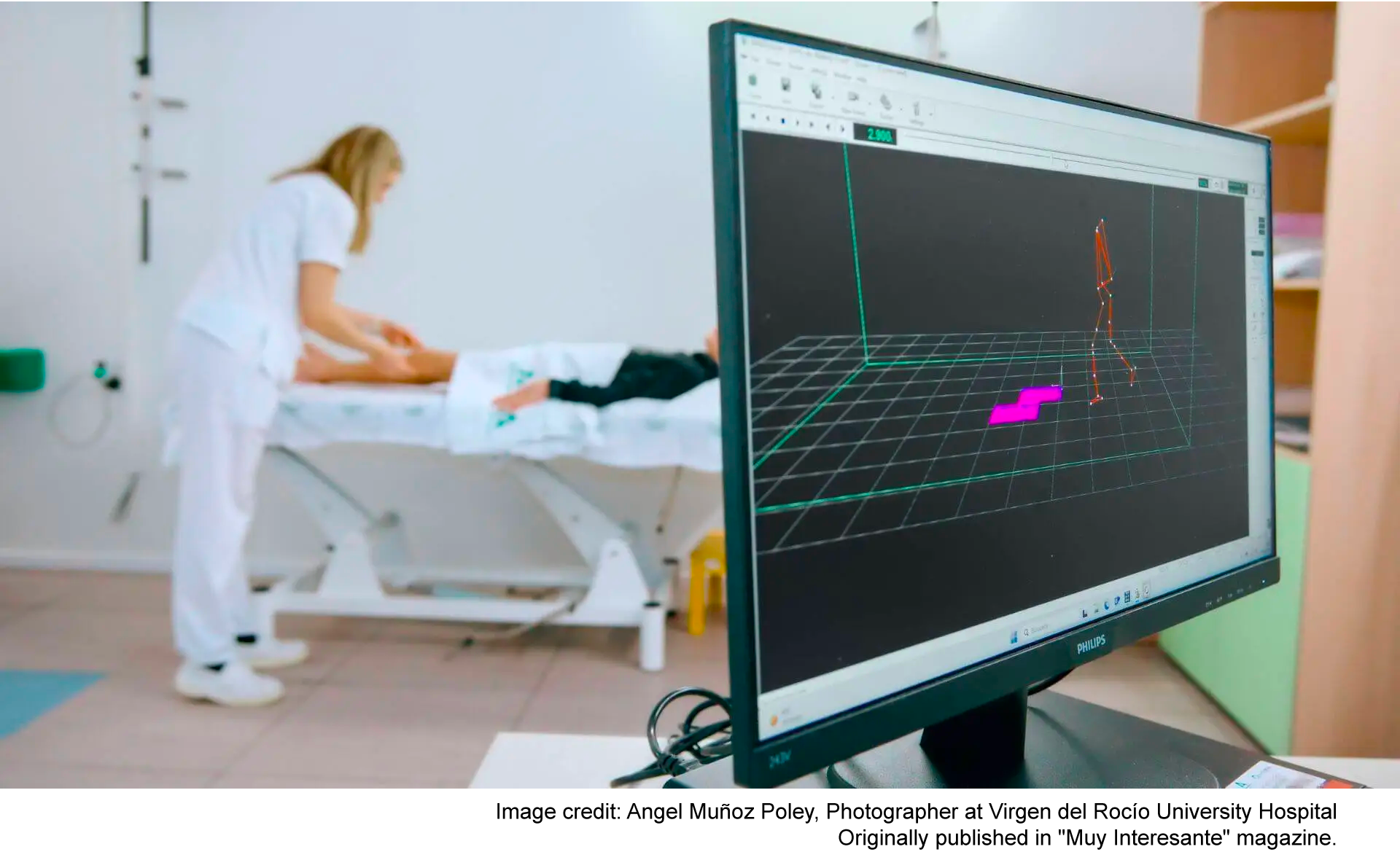

Motion analysis has changed the way we evaluate and treat our patients. BTS Gaitlab allows us to perform integrated motion analysis studies and obtain real-time reports.
We chose BTS because they offered a comprehensive solution that met our needs. Their BTS GAITLAB system includes all the necessary interconnected components for a complete movement analysis: surface electromyography (with FREEEMG), kinematics (with SMART-DX EVO), kinetics (with P-6000 tri-axial force platforms), video analysis, and posturography. We especially want to highlight the wireless EMG system (FREEEMG), which we found very comfortable, especially for children and people with significant gait issues.
Additionally, the highly specialized training of our staff in gait analysis has been essential, and BTS staff are always available to assist with any questions or problems, as well as providing software updates.
